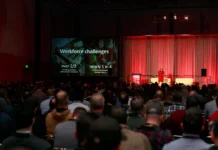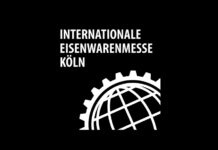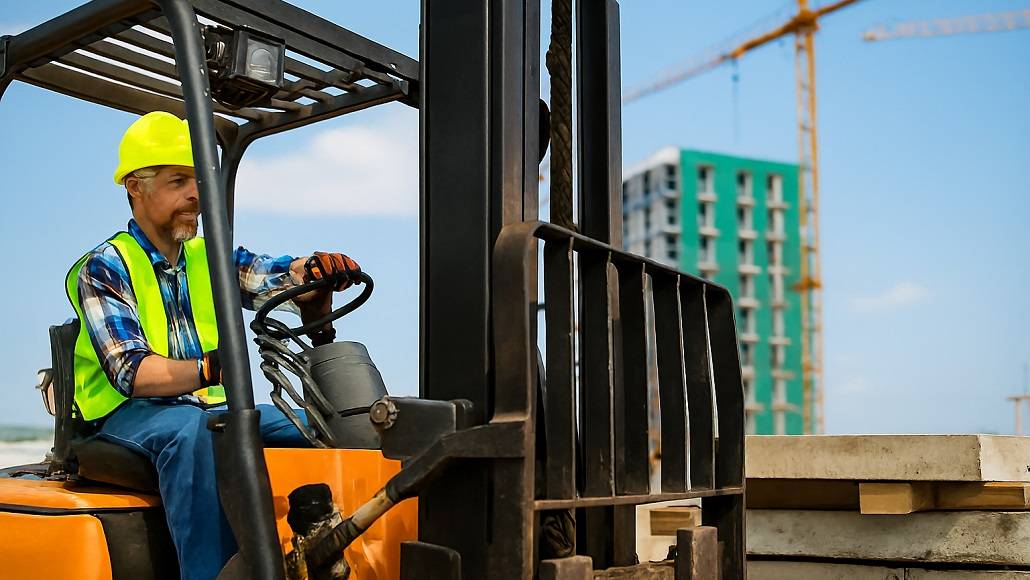Jobsite delays rarely come from a lack of hustle—they come from avoidable forklift incidents: bent racks, crushed pallets, near-misses with pedestrians, and equipment downtime. The fastest, lowest-cost way to tighten up is a simple program that satisfies OSHA 29 CFR 1910.178(l) and respects construction schedules across Texas jobsites.
What OSHA actually requires (plain English)
Four things: (1) formal instruction (theory), (2) hands-on practical on the truck types you use, (3) a documented evaluation, and (4) re-evaluation at least every three years—or sooner after incidents, new equipment, or changed conditions. Do those well and you’re compliant.
The 3-step program for real jobsites
1) Standardize theory in ~90 minutes (online).
Run a quick, consistent module operators can finish on a phone during a lull. Prioritize stability triangle, load center, rough-terrain hazards, pedestrians/spotters, and pre-use inspections. Bilingual access helps mixed crews and reduces “explain it twice” time. For a ready-to-run option serving North Texas, see forklift certification Dallas (DFW).
2) Do the practical where it matters—on your site.
Use a short, repeatable checklist and evaluate on the actual machines and terrain you operate. Include:
- Pre-use inspection (forks/mast/tires/brakes/lights/seat belt)
- Travel discipline (posted speeds, horn at blind corners, eye contact at crossings)
- Maneuvering (tight backing with a spotter, slope control, staging boxes)
- Load handling (square approach, tilt back to travel height, secure transport, accurate placement)
- Parking/shutdown (forks down or flat, neutral, brake, chock as required)
Coach on the spot; re-attempt immediately where safe. Keep it practical, not theatrical. Use a free Employer Forklift Practical Evaluation Checklist (PDF) to standardize scoring and records.
3) Lock down records and renewals.
Document who was trained on which truck class, evaluator name/signature/date, and the next due date. Trigger retraining after near-misses, new equipment (e.g., moving from cushion to RT), or layout changes.
One-week rollout (template)
Mon: Assign a coordinator; list operators and truck classes; print the evaluation checklist.
Tue: Crew A completes online theory (stagger by shift).
Wed–Thu: 10–15 minute practicals per operator using the checklist; remediate immediately.
Fri: File records; set 3-year reminders; post a one-page “Forklift Rules of the Road” in the job trailer.
KPIs to track (30–60 days)
- % of operators certified (target 95%+)
- Near-misses per 1,000 lifts (down)
- Damage claims and rework time (down)
- Time-to-card (same-day theory; practical within 3–5 days)
Start with one crew in DFW this week. A tighter loop doesn’t just keep OSHA happy—it shortens material moves, steadies schedules, and protects margins.































